HUMAN TRAFFICKING
Human trafficking is defined as transporting, soliciting, recruiting, harboring, providing, enticing, maintaining, or obtaining another person for the purpose of exploitation of that person.
Causes of human trafficking include poverty, lack of education, demand for cheap labor/demand for sex and the lack of human rights for vulnerable groups.
KNOW THE FACTS
28.5 – the average age of a trafficker
24.4% of the traffickers are women
45.1% of traffickers know their victims
Recruiting tactics used by traffickers
“Boyfriend”
Flatters the victim, psychologically manipulates, gives expensive gifts, become intermittently violent
“HELPING”
Helps run away victim, gives shelter to the homeless victim, provides drugs, helps victim avoid police/other authorities
“GANG INVOLVEMENT”
Victim may be a member of the gang, the victim’s boyfriend may be in the gang, victim may be unaffiliated and preyed upon by the gang
“Abduction”
Abducts the victim, uses physical force, holds the victim hostage, forces the victim to use more drugs to keep compliant
“Bait and Switch”
Loans the victim money or other assistance (housing, food, shelter, travel into country), insists the victim doesn’t need to pay the money back, later forces the victim into prostitution to pay off the debt, threatens harm for noncompliance
How traffickers control victims
- Provides hope, connection, faux family: convinces the victim they are the “special one.”
- Isolation: takes away the victims phone. Refuses them contact with family and friends.
- Financial control: keeps all or most of the victim's money.
- Intimidation and violence: the trafficker routinely threatens physical harm and emotionally abuses the victim.
- Drug dependency.
PROTECTING YOURSELF
- Be hyper-aware of your surroundings in parking lots, parking garages, gas stations etc.
- Be extremely wary of any unusual markers on your car.
- Try not to take Ubers or Lyfts alone or wander around by yourself if you’re intoxicated in any way.
- Protect your drinks, never leave your drinks unattended.
- Report any suspicious persons that see to be following or stalking you and never confront them.
- Make sure that you share your location with a few close friends in case of an emergency.
- If you feel like you are in an unsafe or abandoned area, don’t hesitate to call somebody.
- Don’t give in when people approach you for money, a ride, etc.
- Avoid walking alone.
- Use social media wisely – use privacy settings, turn off location settings for certain apps.
PARENTS:
Be vigilant about your child's social media use:
- Monitor their use
- Use parental controls
- Have their passwords
- Ensure that they always keep their cell phone tracking programs ON at all times!
- Communicate constantly with them, especially about any new acquaintances.







